There are many opinions from the public, some people think that the young man "added salt and pepper" to create dirty content, "baiting" for interactions. More dangerously, some people think that he intentionally inserted details to stir up debate about regional discrimination. And clearly, behind a new story is an old problem: the story of the "war" of interactions on social networks, when each content creator craves likes, sometimes in exchange for lies.
What is the truth?
On social media in recent days, there has been a lot of confusing information surrounding TikToker Vu Minh Lam sharing a bad experience at a pho restaurant in Hanoi. “I was kicked out of the restaurant because I was in a wheelchair. Lam and his friend went to the pho restaurant, entered the restaurant and asked the staff to carry me up the steps. The staff came to the door and said, our restaurant doesn't have staff to carry someone like you. So the two of us went to another restaurant, in the cold rain…” - the male TikToker said.
He said that when he went to a familiar chicken noodle shop, the seating was small, so Lam squeezed into the female owner's seat. "She stood up abruptly and scolded the staff, asking who would let this kind of person come here to eat? The staff said he often ate here, and normally sat like this..." - Vu Minh Lam said. The story was shared on Facebook and spread at a dizzying speed. A few defended the young man, but the majority doubted the authenticity of the incident.
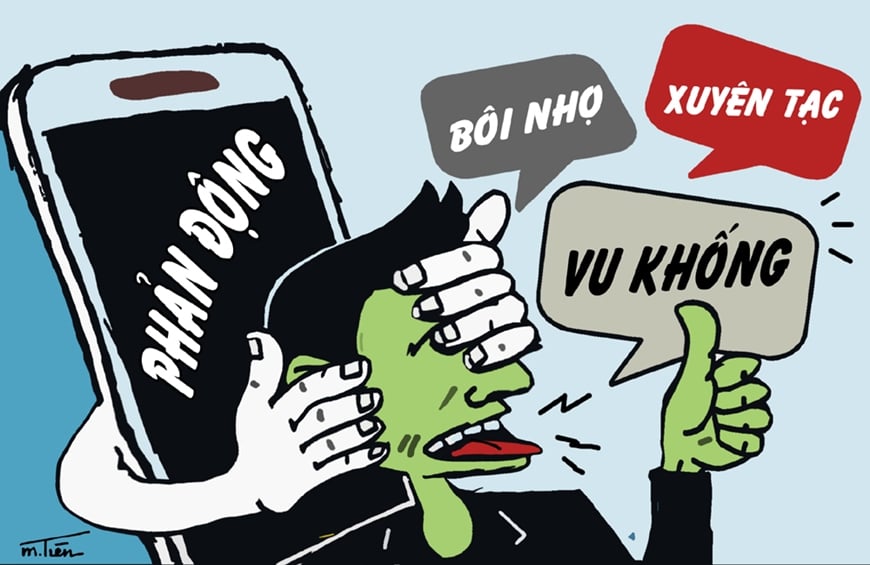
On the morning of January 15, a representative of the Hanoi Department of Information and Communications Inspectorate said that they had received information about the incident. The Department is investigating and clarifying the incident.
On January 15, Ms. Thu (73 years old), the owner of the chicken pho restaurant where TikToker Minh Lam visited, extracted the camera to share part of the incident. According to the recorded images, the restaurant staff cleaned up, put away the chairs and the basket of pho noodles in the area near where Ms. Thu was sitting so that the young man in the wheelchair could move in. The female owner of the restaurant expressed that during her 60 years in business, everyone knows clearly how she treats customers. She does not care about the story Vu Minh Lam shared on social media because "the truth is still the truth, there is no story of the restaurant chasing away customers because they are in a wheelchair" . The owner of the restaurant affirmed that the male TikToker also smiled and happily enjoyed the pho at the restaurant...
Some people think that Vu Minh Lam “added salt and pepper” to create content and “attract” interactions online. Some people believe that the male TikToker intentionally inserted details to spark debate about regional discrimination. On the contrary, some people suspect that the pho restaurant hired the TikToker to use tricks to advertise.
After the scandal, the number of customers coming to Mrs. Thu's pho restaurant increased significantly. Meanwhile, TikToker Vu Minh Lam's post received nearly 100,000 interactions.
Digital Content Creation: Don't Let Likes Slip Away
Sharing with the press, a representative of the Hanoi Department of Information and Communications Inspectorate said that regarding the case of Mr. Vu Minh Lam, the Department Inspectorate is verifying information using many different methods. "When there is a conclusion, we will inform the press as soon as possible" - this representative said. It seems that the story has not really ended and will continue to be hot in the next few days. But clearly, behind a new story is an old problem: The story of the "war" of interaction on social networks, when each content creator craves likes, sometimes in exchange for lies.
Have you ever made up a story on social media? When the like button was introduced in 2009, and the other reaction buttons were introduced in 2016, I wonder if Mark Zuckerberg thought it would create a creator war on social media? Have you ever imagined a touching situation on the street and made yourself the good guy in a Facebook post recounting the story? Have you ever shared “I talked to a friend…” when you didn’t actually have such a friend?
According to a 2015 study of 2,000 people in the UK, one in five people said they made up stories to post on social media. Why do they do this? Another study conducted at the Massachusetts Institute of Technology (MIT) found that stories with false information were shared 70% more than real stories on Twitter. “Fake news is more dramatic, more novel, and the public likes that kind of information,” said Sinan Aral, a professor at MIT.

For content creators, perhaps such research is not needed for them to understand that, for a piece of information to be widely spread, (1) the information must be useful, (2) the information must be humorous, (3) the information must appeal to strong emotions of the reader such as fear, anger, sympathy, pity. We cannot make up useful information when it can be easily verified and not everyone has a sense of humor, but we can absolutely make up a story that hits the public's psychology.
Stories in return for interactions, interactions will help anyone become an influencer on social networks, increase the rate of online customers, or in other words, help content creators have more income. "Like, share, comment" is becoming the measure of success of content on social networks, not the quality of content anymore.
But any fabrication needs a boundary, and most fundamentally, you do not affect anyone. The story is not yet settled, it is not known who is right and who is wrong, but if Vu Minh Lam's story is a fabrication, it not only has the potential to destroy the livelihood of one or two restaurants, but can also tarnish the image of the entire capital.
Social media gives content creators the tools to tell their life stories, but with that comes the “responsibility” of having a large following. Appearing on social media, personal stories are no longer personal matters when they affect millions of others. Will people still believe in similar stories in the future? Many people have had to sacrifice their careers when they were exposed, and this will certainly be a lesson for those who want to become famous “instantly” with dirty content.
In today's technology boom, you can't create content without thinking about the consequences. In 2022, Tiktoker Nơ Ô Nô was fined for content that showed disrespect for the elderly. In early January 2024, a Tiktoker was fined 7.5 million VND for content that was not true about Angkor Wat. Virtual social networks have never been so "real" when we can't say we were just joking or we didn't know.
Need the alertness of the online community
In the modern world with the explosion of information, TikTok and other social platforms have quickly become one of the most popular social networking platforms, especially for young people, thanks to short videos that bring new and attractive content. However, the problem of "dirty content" on social networks has long attracted public attention. The appearance of many negative, inappropriate, even sensitive and uncultured content from TikTokers and YouTubers has become common over the years.
The rapid growth of social media and applications has brought many benefits to entertainment, education, and business. However, the highly selective nature of social media has led some people to create “dirty” content to attract followers, regardless of the negative consequences.
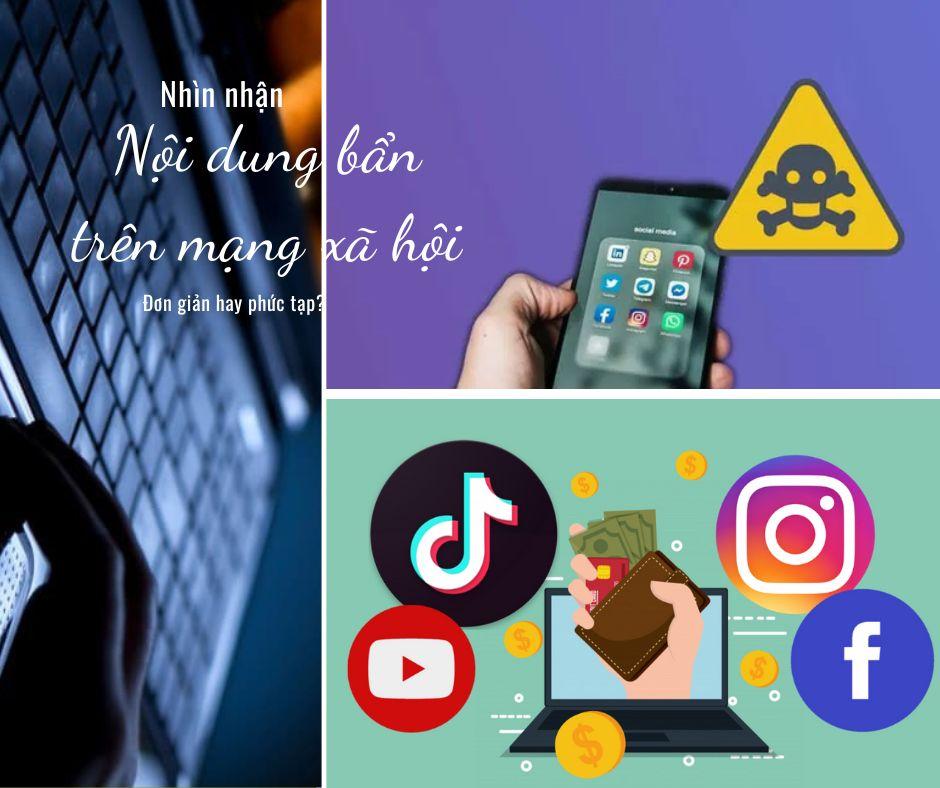
According to Article 101 of Decree 15/2020/ND-CP, posting videos with absurd, sensational, like-baiting, or view-baiting content can be fined from VND 10,000,000 to VND 20,000,000. At the same time, the poster must also be responsible for remedying the consequences, including removing false information and compensating for damages according to the provisions of the 2015 Civil Code. In addition, in the case of posting sensitive and offensive content, criminal measures can be applied as prescribed in Articles 155 and 156 of the 2015 Penal Code.
“Dirty content” is not only a problem for the online community, but also a “virus” that negatively impacts society, requiring cooperation and consensus from the online community, management agencies, and social networking platforms. To control the “dirty content virus”, users need to accept responsibility and use the “Report” feature when discovering unhealthy content. However, solving this problem requires consensus and close cooperation from management agencies, organizations, businesses, and social networking users.
According to experts, it is unacceptable to create “dirty” content to attract views. If content is posted arbitrarily without censorship and careful filtering, it will cause the spread of false information, distortion, and damage to the reputation of individuals, collective organizations, etc.
The truth about Vu Minh Lam's status will have to wait for the official inspection conclusion of the authorities. However, from similar incidents, social network users need to look objectively and verify the authenticity of the information carefully. Each social network user needs to promote their role and responsibility to build a positive and healthy digital space; Sharing information responsibly and keeping social networks a "bridge" for accurate and fast information will contribute to spreading positive values to the community.
Khanh An
Source


![[Photo] Looking back at the impressive moments of the Vietnamese rescue team in Myanmar](https://vstatic.vietnam.vn/vietnam/resource/IMAGE/2025/4/11/5623ca902a934e19b604c718265249d0)


![[Photo] "Beauties" participate in the parade rehearsal at Bien Hoa airport](https://vstatic.vietnam.vn/vietnam/resource/IMAGE/2025/4/11/155502af3384431e918de0e2e585d13a)


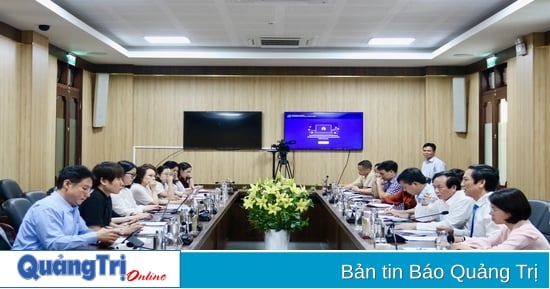





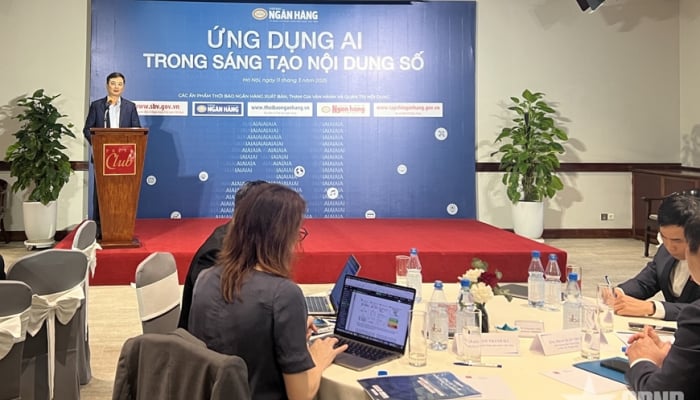


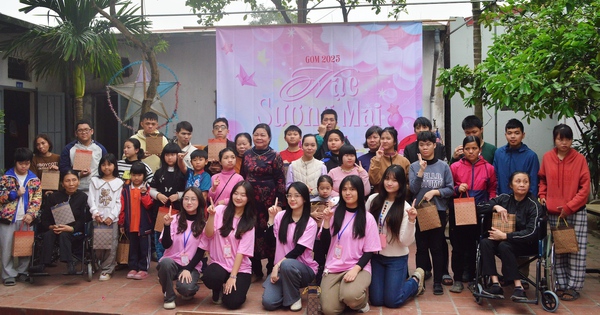















![[Photo] Summary of parade practice in preparation for the April 30th celebration](https://vstatic.vietnam.vn/vietnam/resource/IMAGE/2025/4/11/78cfee0f2cc045b387ff1a4362b5950f)
































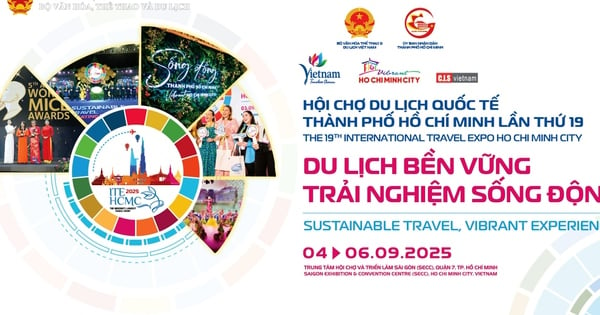














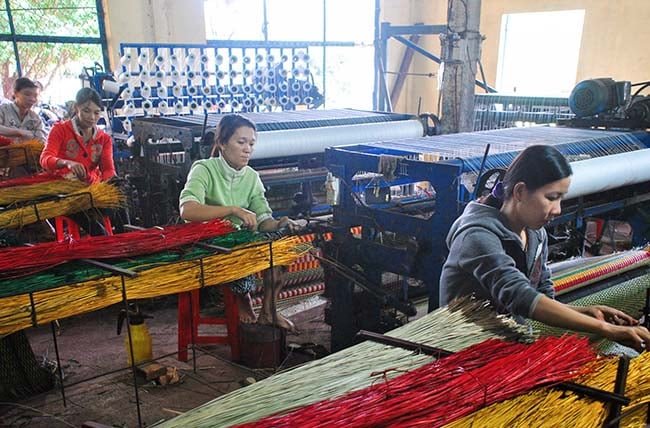











Comment (0)